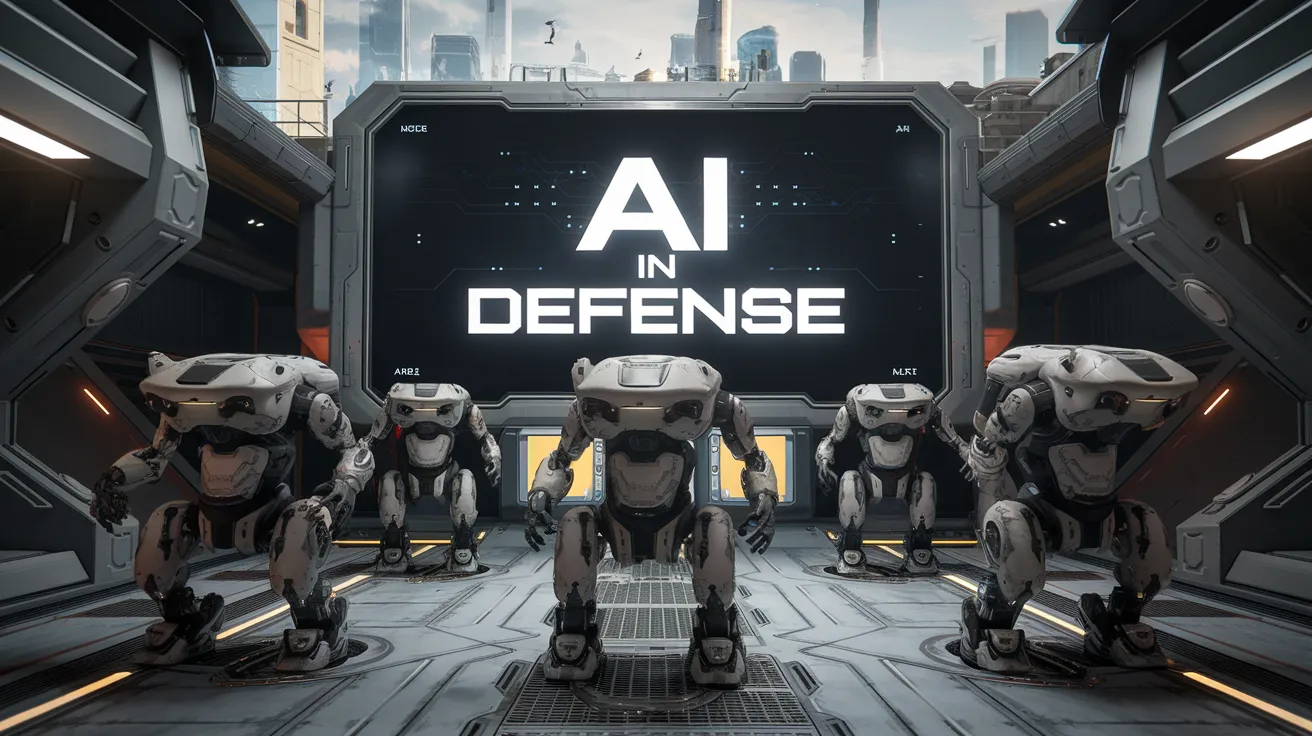AI Growth in Defense Industry 2024

The report titled “Artificial Intelligence (AI) in Defense Market – Forecasts from 2024 to 2029” presents a comprehensive analysis of the rapidly growing AI sector within the defense industry. According to the findings, the AI in defense market is anticipated to achieve a remarkable growth rate of 30.22% CAGR, projecting a value of approximately US$18.558 billion by 2029, growing from US$4.956 billion in 2024. This surge is primarily fueled by increasing government funding dedicated to enhancing and improving technological applications in defense.
**Government Investment as a Growth Catalyst**
The defense sector has historically been significant in military and technological advancements, and AI’s integration offers new avenues for enhancing defense technologies. With the military increasingly leveraging AI, nations worldwide are optimizing their military operations for improved effectiveness and productivity. A crucial driver of this market’s growth is the government’s heightened focus on defense spending, which now encompasses a sizable portion of national budgets, prioritizing the development of advanced defense technologies.
Within this landscape, skilled engineers and researchers specializing in defense technology are essential market drivers. The increasing reliance on deep learning for creating neural networks powered by AI is paving the way for innovative solutions in military contexts. This includes AI-powered robots that are enhancing decision-making capabilities in military operations, thus facilitating more effective combat strategies involving both manned and unmanned systems.
**Impact of Data Collection on AI Development**
AI systems thrive on robust datasets, which the defense sectors gather from real-time operations across various platforms, including ships, aircraft, and ground vehicles. Military exercises, digital simulations, and war games are instrumental in training AI systems on how to interpret and act on data collected. In the future, as defense budgets continue to rise, further applications of AI will emerge, particularly in the design and execution of defense programs, ultimately propelling growth in the AI in defense market.
**Key Drivers Behind Market Expansion**
The report highlights several key factors driving market expansion:
– Rampant government funding dedicated to advancing AI technologies within defense.
– Investment in research and development, talent acquisition, and niche hardware and infrastructure, all designed to enhance national security.
– Applications of AI in critical areas such as surveillance, target identification, and next-gen military vehicles, including drones and autonomous systems.
A noteworthy endorsement of this trend occurred in May 2024, when the European Commission allocated €1.03 billion through the European Defense Fund to support various joint defense research and development projects. This funding aims to drive forward multiple innovative technologies that safeguard critical national interests across various sectors including cyber security and defense against Chemical, Biological, Radiological, and Nuclear (CBRN) threats.
**Geographical Dynamics in the AI Defense Market**
Regionally, the AI in defense market is set to see substantial growth in the Asia Pacific area, where countries like Japan, India, and China are heavily investing in both AI and defense technologies. The convergence of these two fields presents lucrative opportunities for innovation and application, driven by growing government initiatives and private sector contributions.
**Conclusion and Future Trends**
This forecast report provides valuable insights into the AI in defense market, analyzing various customer segments, socio-economic factors, and government policies influencing market dynamics. With continuous advancements in machine learning, natural language processing, and computer vision, the future of AI in defense is poised for significant evolution and integration, aligning with strategic imperatives of national security and technological supremacy.